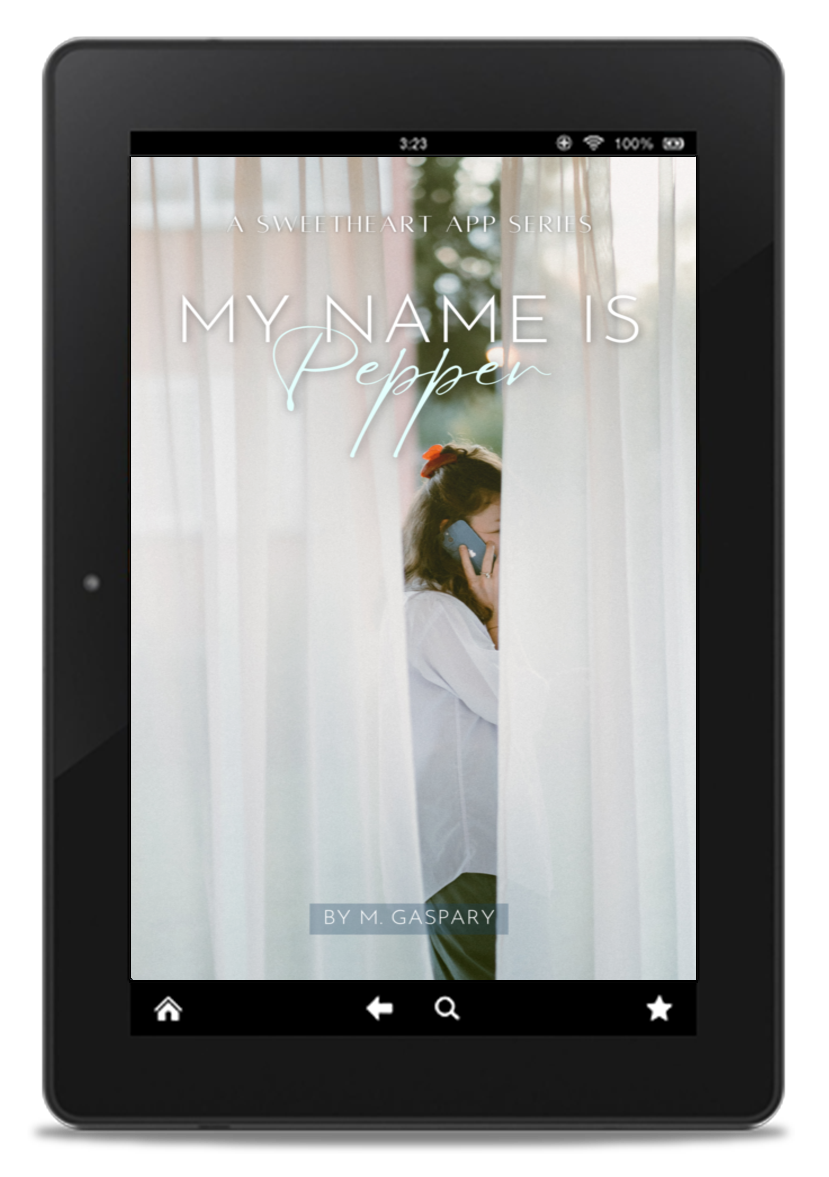Here are the common obstacles writers & indie authors face when creating book cover designs.
Mecyll’s note: When you’re in the middle of writing your next book or recently finished it, it’s crystal clear you need to have a book cover design that must be appropriate for your book’s content and genre.
If this is you, I’ll give the floor to Xavier Comas, our guest blogger for today. Let’s give him a warm welcome, writers! 🙂
Many people say they can write a book. Few do. Fewer published, and only a tiny percentage of published books succeed. Let’s say you’ve written a book, and the manuscript has been edited and publish-ready. What would be the best book cover design to choose?
This is what we’re going to find out in a short while.
Writing a book doesn’t make economic sense for most, yet millions of new titles are published yearly. The advent of the internet has made self-publishing a viable option, as there are many avenues to find and cultivate an online audience.
Okay, so you’ve got a manuscript. You think it’s pretty good. You’ve gotten great feedback on it. First off, congratulations on this feat. You’ve made it past the point where most people give up.
Creating a book cover design and demanding more of your artistic energy after you’ve put your heart and soul into writing.

After you reward yourself with some relaxation, it’s time to design the cover. Anyone in the publishing industry knows that people judge books by their covers. It’s the first impression and opportunity to catch people’s eyes and convince them to purchase your book.
Creating a book cover and demanding more of your artistic energy after you’ve put your heart and soul into writing the manuscript can seem impossible. The truth, however, is that designing a fitting book cover is a challenging yet achievable task.
We’ll break down some common obstacles writers face when creating book covers, followed by an outline of how to create an authentic book cover.
Table of Contents
- Challenges in Authentic Book Cover Design
- 4 Easy-to-Follow Steps to Create an Authentic Book Cover Design
- Final Thoughts on Creating an Authentic Book Cover Design
Challenges in Authentic Book Cover Design
It isn’t a simple choice when authors decide on the best book cover design for their work. Professional book cover designers know the details about the elements that are right for your genre. Among those challenges are the following:
- Cover and genre mismatch
- Too many elements on the book cover design
- The design itself is too clichéd.
Let’s look at each challenge and understand what every professional book cover designer needs to remember. If you have questions, let me know in the comment section below.

1. Cover and genre mismatch
One of the most difficult challenges writers face when creating a book cover is finding the right balance between visually appealing and staying true to the story. It should go without saying for some, but your cover should accurately reflect the content of your book.
It can be tempting to focus too heavily on making the book look attractive by chasing trends with your artwork or design elements at the expense of representing the tone and themes of the book.
This can work against your book; readers will see right through the facade, and their opinion of your book will sour.

2. Too many elements
Whether it suits your book or not, putting too much stuff on your cover is something to be wary of during the design process. Very few covers pull it off well, and it comes across as an eyesore to many readers.
Especially now, where many readers browse for books on online marketplaces, you want a cover that can compress well. Hence, it is still recognizable when squished into a tiny little icon on a phone or computer screen.

3. Too clichéd
We’ve all seen plenty of flames, lights, and flowers on the covers of novels. If you’re an avid reader (or spent any amount of time in a bookstore), chances are you have a decent grasp on the clichés adorning modern book covers.
Avoid relying on these clichés to set your cover apart from the competition and catch potential readers’ eyes with something unique.

Which genres are considered tricky in graphic design & illustration when developing original ideas?
Not all genres are created equal. Most authors and designers agree that science fiction and fantasy covers require much more thought than historical or biographical titles, which can get away with a simple portrait of the subject matter.
Young adult fiction is in the middle, and their covers will significantly differ depending on the subject matter and subgenre.
On the contrary, to clarify their genre, sci-fi and fantasy book covers are often visually complex and intricate. The cover effectively has to be a preview of the beautiful worldbuilding contained within your book.
Lastly, you need to entice your readers with the world in which the story is set in and make the author/reader contract, “you give me your money and time, and in exchange, I will provide a satisfying story,” as appealing as possible!
4 Easy-to-Follow Steps to Create an Authentic Book Cover Design

1. Brainstorming concepts
Let it all out: list all the elements you could include. Sketch out designs that come to you. Combine elements in different ways and change their layouts.
Characters, locations, essential items/props, vehicles, and anything else you feel is crucial to the essence of your book. Leave no stone in your mind unturned.

2. Researching design styles
Once you’ve identified your desired design elements, begin the research process. Look at covers of famous and obscure books, both in your genre and outside of it. Notice what strikes your eye and what doesn’t.
Create a swipe file, a portfolio of all the remarkable creative book covers you come across. You can always come back to this file for inspiration, even on future projects!

3. Testing out different options
Create mockup book cover designs in whatever illustration or the image editing software you’re comfortable with.
Experiment with the size, position, and colors of the elements you want to include. Emulate some inspiring covers in your swipe file, and then make any changes you like to make it more unique.

4. Getting feedback
Reach out to family, friends, and colleagues—the people who helped you while writing your novel will also be helpful while creating your cover.
Gauge their reactions and ask them how the image makes them feel. Compare this to the desired effect you want your cover to have and make changes accordingly.
Final Thoughts on Creating an Authentic Book Cover Design
If there’s anything you take away from this article, let it be that the most important thing to keep in mind when designing a book cover is that it should be visually appealing and effectively communicate the content and tone of your book to your target audience.
To this end, different genres have different requirements, but the process is much the same: brainstorming, researching, testing, and gathering feedback.
Break up the process into these steps, and hopefully, creating a cover for your book won’t seem so daunting.
About the Author

Born in Barcelona in 1970, Xavier Comas is a Fine Arts graduate of the University of Barcelona and a Spanish graphic designer, photographer, and author with a 30-year of experience in book cover design.
In 2004, Xavier moved to Asia and founded Coverkitchen, an award-winning book cover design studio based in Singapore and Bangkok, working for international publishers such as Penguin-RandomHouse, Planeta Tuttle, and Wiley.
His cover design for the European bestseller “Viajo Sola” was selected by leading art directors in the publishing industry as one of the best cover designs in Spain in 2014. Xavier’s first book as an author, The House of the Raja, was published in 2019 by River Books.
Check out his latest updates on his website.




Leave a Reply